Herpetophobia: The Fear of Reptiles Explained
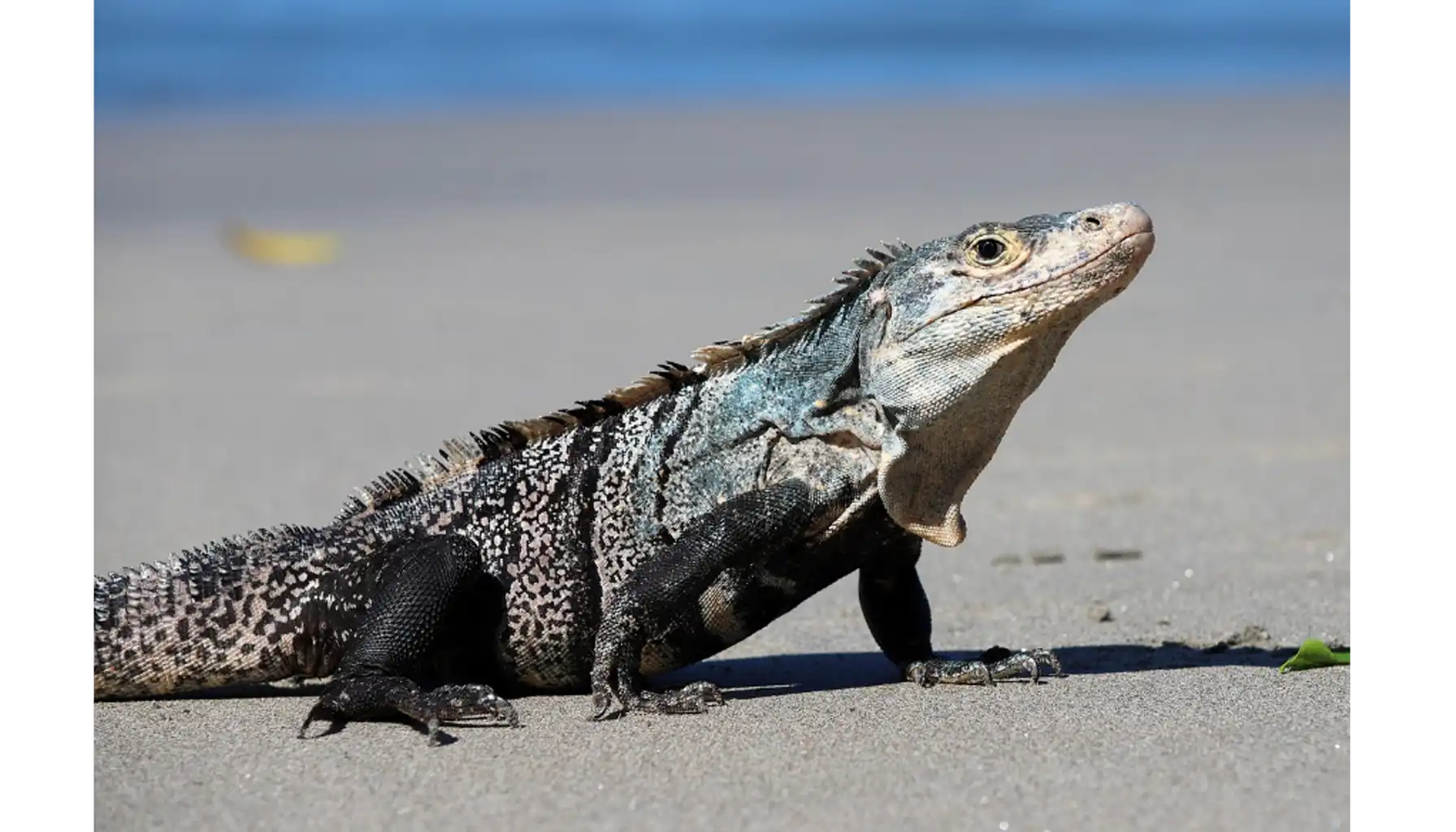
Contents:
Modern psychology shows that some phobias can seriously change everyday life. One of these conditions is herpetophobia — a strong fear of reptiles and amphibians. A person can feel anxiety when meeting a snake, lizard or frog, and sometimes an anxiety attack occurs even when looking at their images.
Such reactions considerably narrow the everyday activities of a person, limit social interactions, and also become a constant source of stress. Not only do the symptoms of the phobia need to be studied, but the ways of overcoming it as well.
Online brain games can provide some relief for anxiety by reinforcing an individual’s focus or self-control.

What is Herpetophobia?
Herpetophobia meaning describes a persistent and disproportionate fear of reptiles and amphibians. Unlike the natural wariness when encountering a potentially dangerous animal, this reaction goes what’s normal.
Even a safe situation — an observation at a zoo or a random photo in a book — can cause anxiety, tension and a desire to avoid contact as quickly as possible.
Herpetophobia Definition and Classification
From a psychiatric perspective, herpetophobia is classified as a specific phobia, which are described in detail in the DSM-5 (Diagnostic and Statistical Manual of Mental Disorders). This refers to a fear caused by a clearly defined object — here, these are reptiles and amphibians.
Such disorders affect 9-12% of people and are considered one of the most common forms of anxiety disorders.
Symptoms of Fear of Reptiles
Symptoms of the phobia are divided into psychological and physical.
psychological distress and panic when seeing an animal or its image;
obsessive thoughts about meeting a reptile;
avoidance behavior (refusing to go to the forest, visit the zoo).
decreased concentration due to constant inner stress..
Physical reactions may show up as:
a racing heartbeat and shortness of breath,
trembling, sweating, or an unexpected chill,
dizziness, nausea, and in some cases even fainting,
pressure or heaviness in the chest,
tight muscles and shaking in the arms or legs.
In children, symptoms may include crying, hysteria, or refusal to move when seeing the animal.
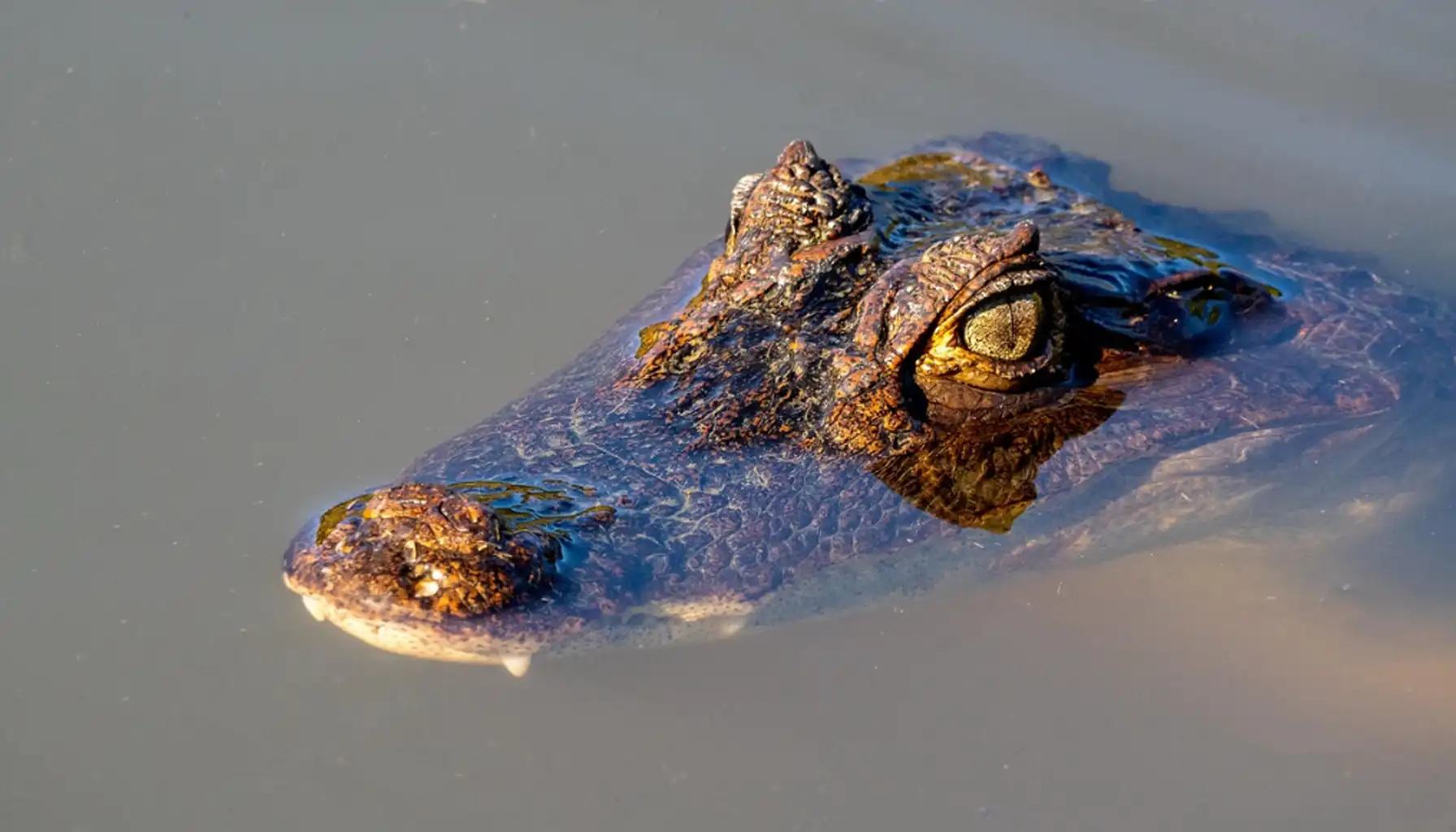
Causes of Herpetophobia
Fear rarely has a single source; it takes shape from personal memories and the cultural stories that surround us.
Traumatic experiences — a snake bite, a lizard hurrying out from the grass, or a single scary experience takes hold of the mind and makes a deep imprint. The one moment can echo for years, nurturing a long-held fear.
Learning through observation — when a child sees parents or loved ones panic at the sight of a reptile, they often copy that reaction. Over time, it grows into a fixed habit of avoidance.
Cultural influence — in myths and legends, snakes, crocodiles, and other members of the class are depicted as symbols of evil, cunning, or mortal danger. This perception is passed on from generation to generation, forming a bias towards animals in people.
Genetic predisposition — researchers note that a tendency to anxious reactions and the development of specific phobias can be inherited. If the parents had pronounced fears or anxiety disorders, the probability of their appearance in the child is higher.
For comparison: among other specific phobias, cynophobia (fear of dogs) can be distinguished. Its mechanisms of development are in many ways similar and also often have roots in childhood impressions.
Impact on Daily Life
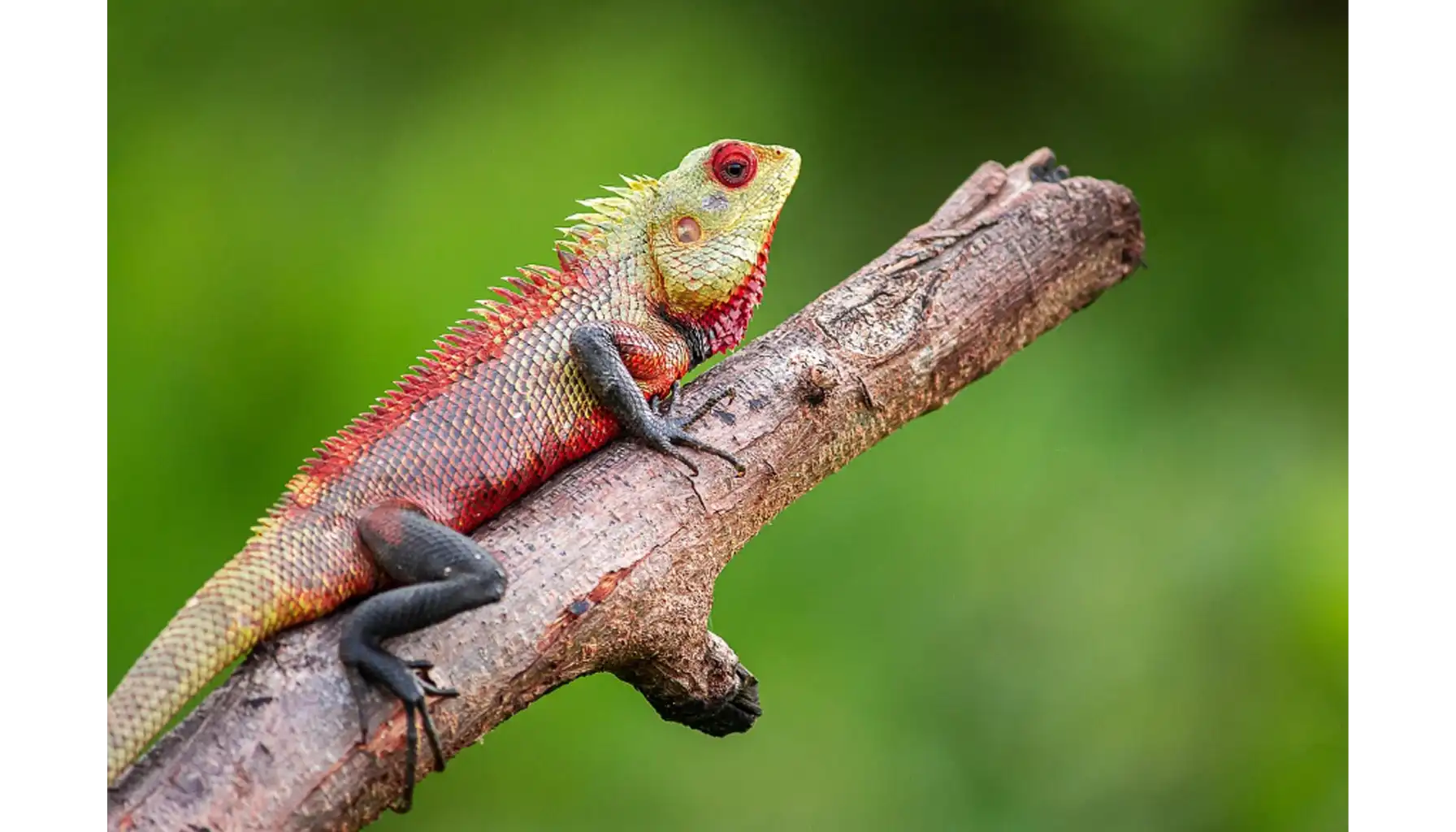
Fear of reptiles can significantly reduce the quality of life.
limited choice of vacation spots;
difficulties watching movies or programs about nature;
refusal of professions related to zoology or field research;
social isolation due to avoidance of certain situations.
Table 1. Common situations influenced by herpetophobia
Situation | Possible Reaction | Consequence for the Person |
Invitation to the zoo | Refusal | Reduced social contacts |
Tourist trip to an exotic country | Avoiding the trip | Limited experiences and impressions |
Work in a rural area | Panic when encountering a reptile | Decreased professional activity |
Diagnosis and Medical Evaluation
Diagnosis is made by a psychiatrist or clinical psychologist. The doctor takes a medical history, specifies the length and severity of fear. The criteria are:
avoidance lasting more than six months;
inconsistency of the level of fear with the real threat;
significant impairment of social or professional functioning.
Sometimes it’s important to differentiate the condition from generalized anxiety disorder or post-traumatic stress disorder.
Treatment Approaches
Cognitive Behavioral Therapy
The key method is cognitive behavioral therapy (CBT). It helps people notice and challenge distorted beliefs about reptiles, manage their reactions, and gradually build healthier habits.
Exposure Therapy
Gradual, controlled exposure to a feared object reduces anxiety. Early stages involve images or videos, then safe, supervised encounters with animals.
Medication
In some cases, the following medications are prescribed:
antidepressants (SSRIs);
short-acting anxiolytics;
beta-blockers to reduce the physiological symptoms of anxiety.
Myths and Facts About Reptiles
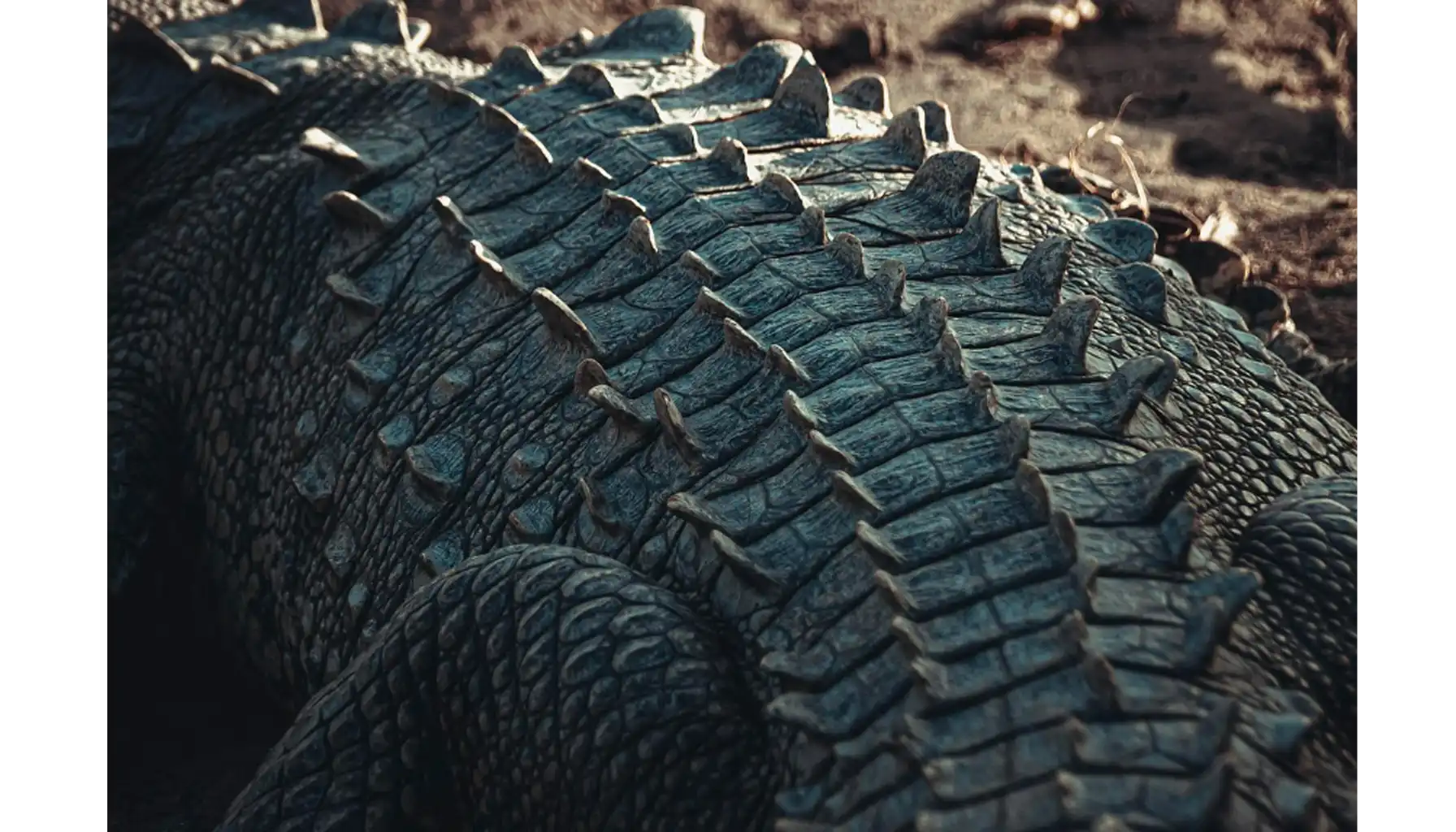
Misconceptions about reptiles often add to anxiety.
Myth: All snakes are venomous.
Fact: The majority of them are perfectly harmless.Myth: Reptiles have slick, slimy skin.
Fact: Their skin is dry and scaly.Myth: A toad's touch can put warts on you.
Fact: Warts are viral and are not associated with animals.
Herpetophobia in Children
In children, severe fear can develop faster due to suggestibility. Signs include screaming, crying, refusal to enter a room where there may be an animal.
Parents are advised to:
not ridicule the child's reactions;
explain the behavior of animals;
if necessary, contact a professional.
Broader Context of Animal Phobias
Herpetophobia is not a unique phenomenon. Similar mechanisms are seen in other specific phobias.
For example, dendrophobia (fear of trees) can develop from traumatic experiences or cultural ideas. Such conditions confirm that the perception of threat is determined not only by biology, but also by social context.
Preventive Measures and Healthy Habits
maintaining a sleep and diet routine;
regular cognitive training, including exercises in the Mind Elevate app;
reducing stress through yoga or meditation;
understanding real reptile behavior;
breathing practices;
limiting caffeine and stimulants;
participating in support groups.
Moving Toward a Balanced Perspective
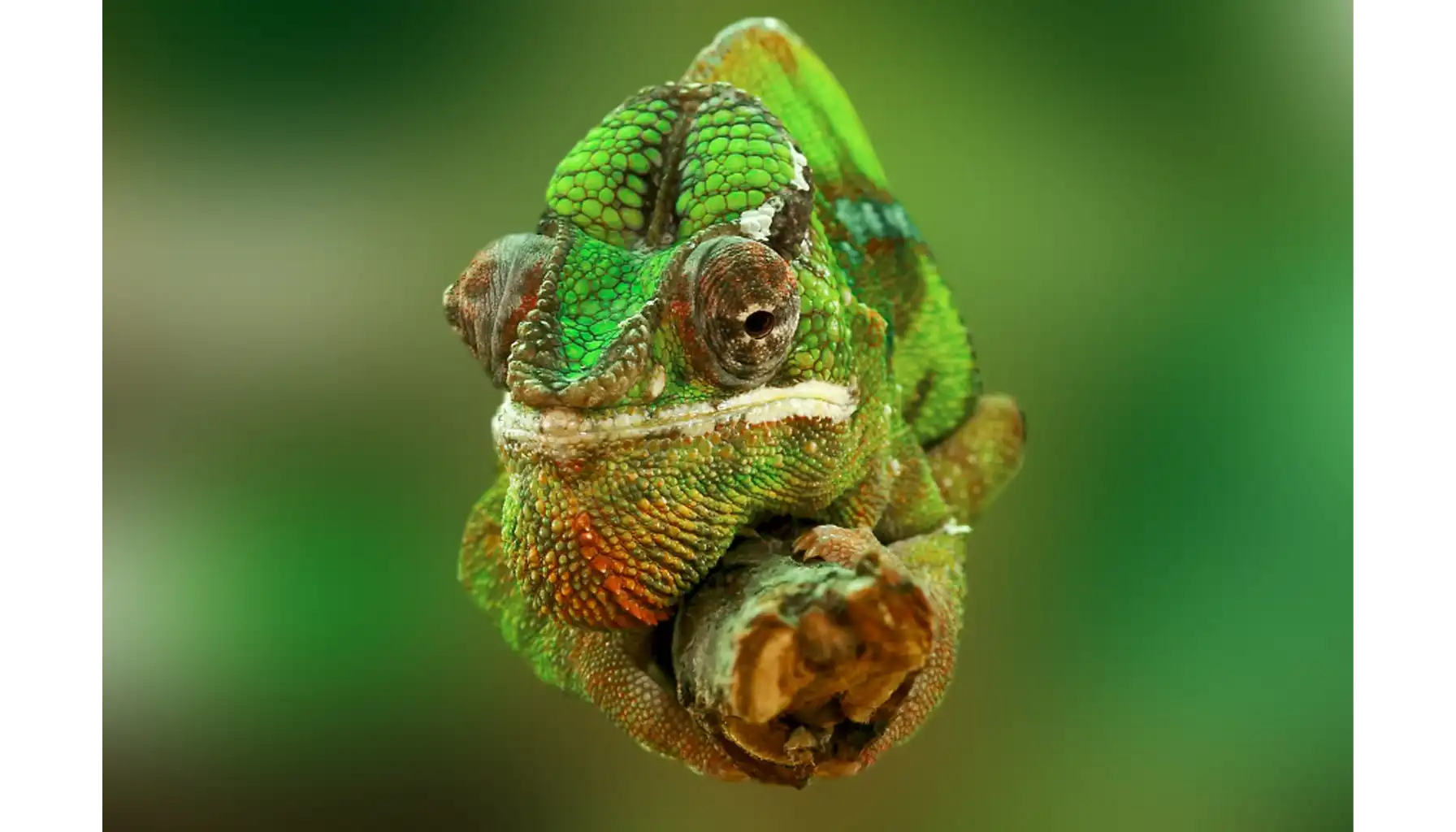
Phobias reduce the quality of life, but with timely diagnosis and therapy it is possible to achieve lasting improvement. Knowledge about the nature of reptiles, managing anxious thoughts and using psychological support methods allow you to regain control over everyday situations.
Similar mechanisms are relevant to other conditions: for example, elurophobia is also overcome through gradual familiarization with the object of phobia and working with distorted ideas.





